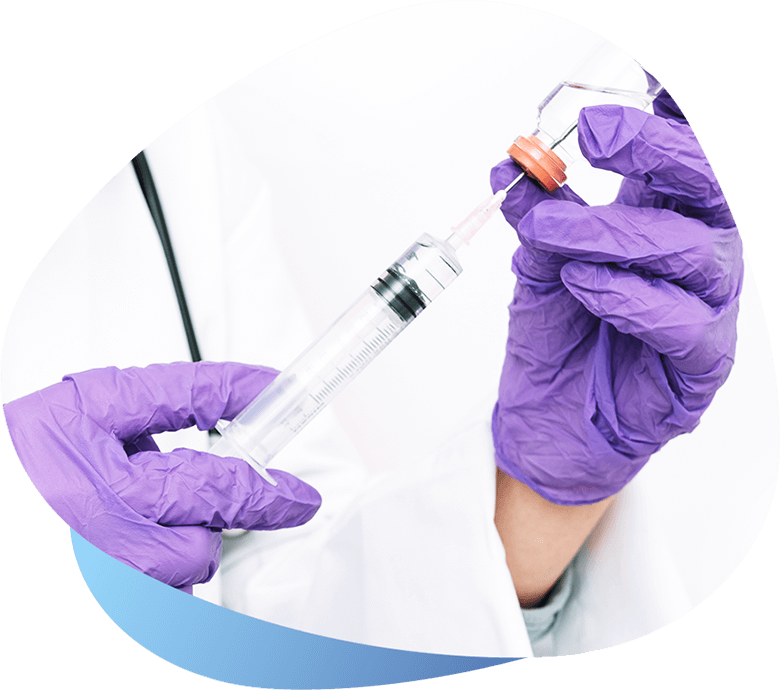Ear Wax
Wax is an important and natural substance found in the ear. It keeps the ear canal lubricated and protects the ear against dust, dirt and bacteria, which helps to prevent infection.

What Is Ear Wax?
Wax, or cerumen as it is also known, is composed of epithelium (skin cells), dust and oily secretions. These secretions lubricate the ear canal and prevent it becoming too dry. It also helps to prevent infection and stops the ear canal getting itchy and inflamed. The composition and colour of wax varies from individual to individual.
Some people have more of a propensity to wax build up than others. If you are prone to wax build up, we would recommend a yearly check up.
What should you do about ear wax build up?
If wax is not causing any problems, it is best left alone. The ear is self-cleaning and the wax should clear naturally, so it is unnecessary to try to remove the wax yourself. If wax is noticed on the outer ear, a wipe with a clean flannel may be all that is needed. Sometimes, however, wax may build up, particularly if it is very dry or if the person has a narrow or hairy ear canal. Wax may also build up if it has been pushed down the canal by cotton buds, hearing aids, hair clips or other implements. Cotton buds can also irritate the ear canal, stripping it of its natural oils and causing it to feel itchy. When water gets into the ear during swimming or showering this may cause the wax to expand, giving a sensation of ‘blockage’ in the ear and increasing the perception of tinnitus.
If wax build up is causing deafness, problems with hearing aids, or is uncomfortable, it may need to be removed. Some people with tinnitus feel that their tinnitus is more troublesome when their ears are full of wax.
How can we help?
At your home visit, we will do a full assessment of your ear and if wax is blocking the tympanic membrane (ear drum), then removal may be appropriate.
Before proceeding to removal, we will ask you some questions to ensure it is safe to go ahead with the procedure. This will include checking for discharge or signs of infection, history of ear drum perforation, or recent surgery.
We ask our clients to use oil drops prior to treatment. Sometimes, the oil is enough to remove the wax without requiring irrigation.
When introducing drops into the ear, it is best to use a dropper and lay with your head on one side for a couple of minutes to allow the drops to move along the ear canal. Try to avoid using cotton wool, as this will soak up the oil. Some people find it easiest to instil the ear drops when they are in bed, first thing in the morning and last thing at night.
If you often get a build-up of ear wax, using a couple of drops of olive oil once a week may help prevent the build-up.
What is ear irrigation?
Ear irrigation is our procedure of choice. During the procedure, the person sits in a chair and the ear is rinsed with warm water from an electronic irrigator. The wax and water is collected in a cup-shaped receiver which the patient holds under their ear. Most people who have irrigation find it to be a fairly pleasant procedure.
